Wooden flooring, also known as hardwood flooring, is a popular choice for adding warmth, elegance, and natural beauty to residential and commercial spaces. Here’s a description of wooden flooring:
1. **Material**: Wooden flooring is made from solid hardwood or engineered wood. Solid hardwood flooring is constructed from a single piece of wood, typically harvested from hardwood trees like oak, maple, cherry, or walnut. Engineered wood flooring consists of multiple layers, with a top layer of hardwood veneer bonded to a plywood or high-density fiberboard (HDF) core.
2. **Types**: Wooden flooring comes in various types based on the construction and installation method:
– **Solid Hardwood**: Made from solid wood planks, usually 3/4 inch thick. Can be sanded and refinished multiple times.
– **Engineered Wood**: Consists of a hardwood veneer layer bonded to a stable core. More resistant to moisture and temperature changes than solid hardwood.
– **Parquet**: Features small wood pieces arranged in geometric patterns, providing a unique and decorative flooring option.
– **Reclaimed Wood**: Salvaged from old buildings or structures, offering a rustic and environmentally friendly flooring option.
3. **Appearance**: Wooden flooring showcases the natural beauty and grain patterns of the wood species used. It comes in various finishes, including smooth, hand-scraped, distressed, and wire-brushed, each offering a distinct look and texture. Wooden flooring can be stained or finished with clear coatings to enhance its appearance and protection.
4. **Installation**: Wooden flooring can be installed using different methods, including nail-down, glue-down, or floating installation. Nail-down installation involves fastening solid hardwood planks to the subfloor using nails or staples. Glue-down installation involves adhering engineered wood planks to the subfloor using flooring adhesive. Floating installation involves interlocking engineered wood planks or using tongue-and-groove joints without adhesive.
5. **Durability**: Wooden flooring is known for its durability and longevity when properly maintained. Solid hardwood flooring can last for generations and can be sanded and refinished multiple times to restore its appearance. Engineered wood flooring offers increased stability and resistance to moisture, making it suitable for use in areas with fluctuating humidity levels.
6. **Maintenance**: Wooden flooring requires regular maintenance to preserve its beauty and longevity. This typically involves sweeping, vacuuming, or dry mopping to remove dirt and debris, as well as occasional damp mopping with a hardwood floor cleaner. Spills should be promptly wiped up to prevent damage to the wood surface.
7. **Cost**: Wooden flooring costs vary depending on factors such as the wood species, grade, thickness, and installation method. Solid hardwood flooring is generally more expensive than engineered wood flooring due to the higher cost of materials and installation. However, both options offer excellent value for their longevity and aesthetic appeal.
8. **Environmentally Friendly**: Wooden flooring sourced from responsibly managed forests or reclaimed wood sources can be an environmentally friendly choice. Additionally, engineered wood flooring often utilizes fast-growing wood species for its core, reducing the demand for rare or slow-growing hardwood trees.
Overall, wooden flooring offers timeless beauty, durability, and versatility, making it a classic choice for enhancing the look and value of any space.
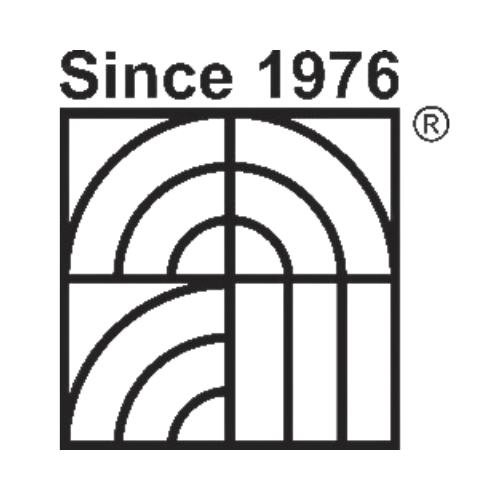
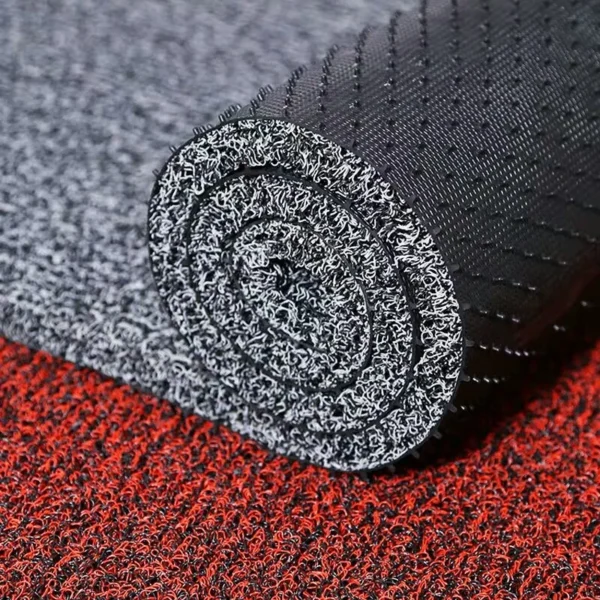

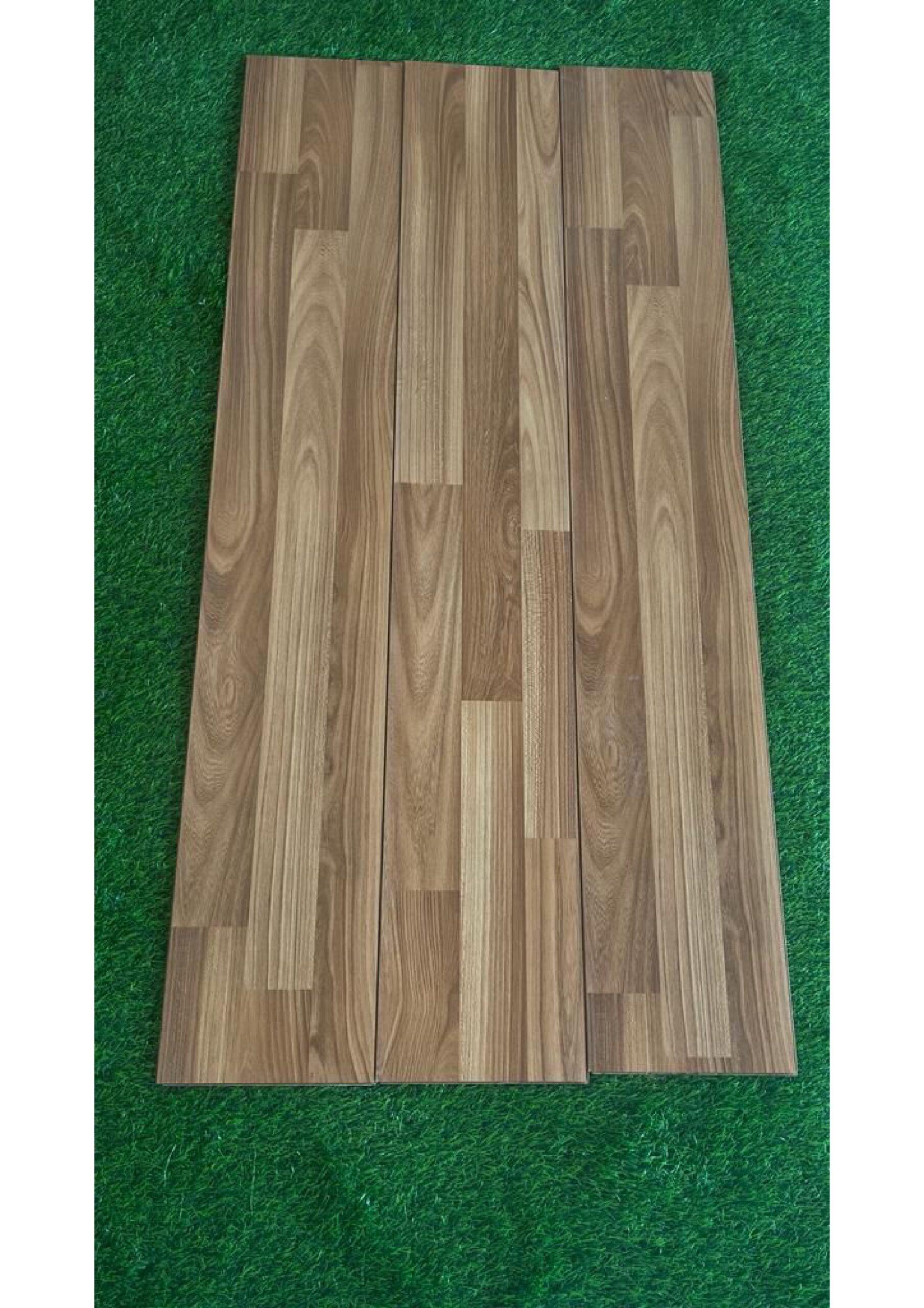
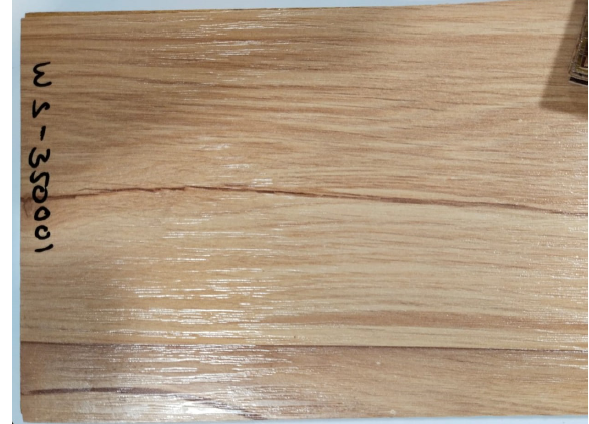



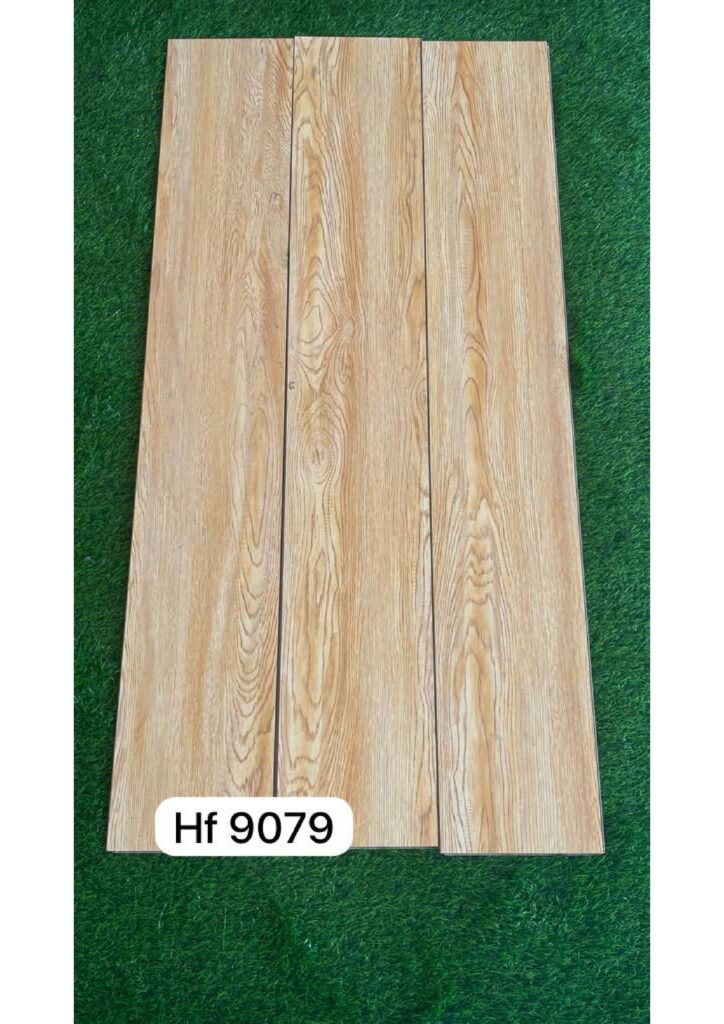
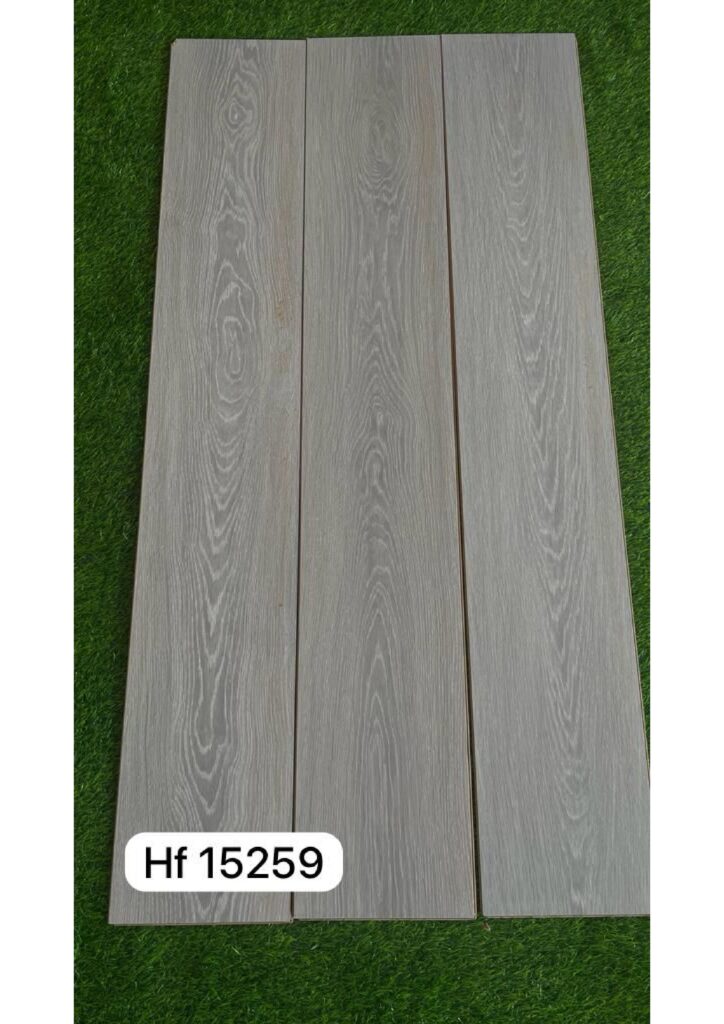
Reviews
Clear filtersThere are no reviews yet.